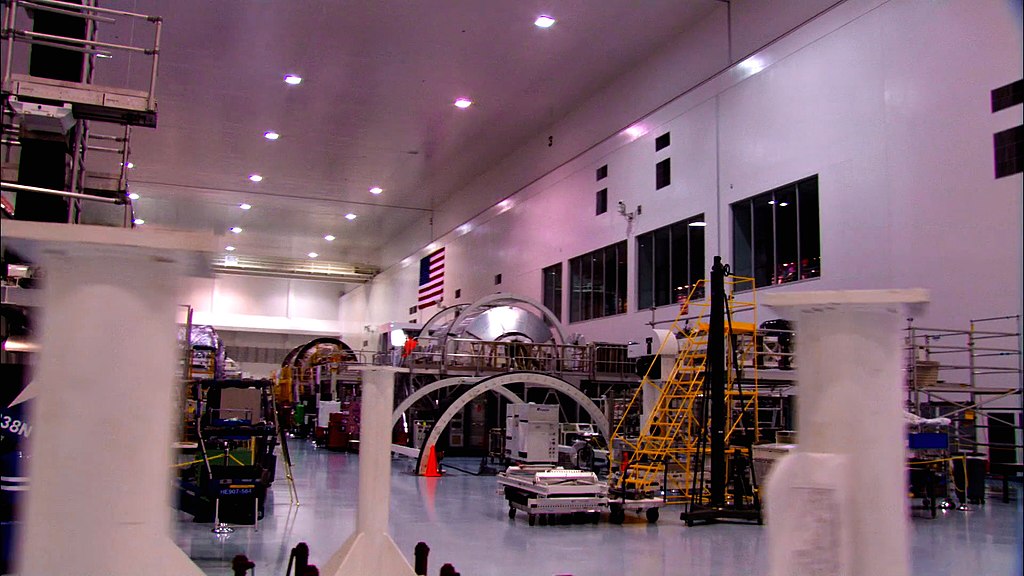Companies and people invest hundreds and sometimes thousands of hours to develop and manufacture new products. Engineers and marketing professionals rigorously analyze and test products before approving them for mass production. They must consider many variables, including who would buy the product and if it provides better value than competitors. At every turn, businesses must keep in mind how the supply chain affects the entire process.
Increased Sensitivity To Supply Chain Issues
People in the industrial sector have always grappled with supply chain challenges, but they have worsened in recent years. A survey of upper management from October 2022 revealed extensive concerns about acquiring supplies and meeting deadlines. Over half of respondents recognized that their supply chains needed improvement. One-third of them expected supply challenge problems to continue in 2023. In the view of business leaders, the top three problems are global political unrest, raw material shortages, and rising energy costs.
Persistent supply chain vulnerabilities force companies to rethink how they make some existing products or develop new ones. With raw material supplies becoming unpredictable, engineers may select materials that they know are more consistently available. Manufacturers might have to reduce output due to materials being more costly or absent. This results in lower inventories for consumers.
Price Pressures From Supply Chain Problems
Shortages of raw materials make prices for them go up. Producers cannot necessarily pass along rising expenses to their customers. In many situations, consumers will only pay so much, which creates a price ceiling for various products.
Marketing and sales professionals monitor market demand for their companies’ products. They will communicate to designers that a given product cannot remain competitive above a certain price point. Such a directive compels engineers to look for ways use resources more efficiently while still delivering functionality.
Other Product Design Considerations
If a product idea is economically feasible, engineers will move forward with fine-tuning the design. They will finalize the shape of the product, what materials will be used, and how the parts fit together.
People typically use 3D modeling software and computer-aided engineering to develop the first iteration of the new product. This process normally reveals more problems that the engineers must sort out. At the same time, marketers will create packaging so that it appeals to the target market.
Eventually, the engineers will have a physical prototype made so that they can get their hands on the product. The real-world testing informs them about how well the item actually functions. Does it deliver the expected results? Is it awkward to use? Does it look good?
Early product prototypes normally have issues that inspire designers to make adjustments. Functionality or power problems may need to be corrected. Sometimes ergonomic improvements are necessary to make the product feel more comfortable or stable in users’ hands.
Testing and feedback may prompt the engineers to make a series of prototypes as they resolve problems.
Cost of Manufacturing
Once the engineers have finalized the design, the company will find a manufacturing facility capable of translating detailed schematics into finished products. On top of finding a manufacturer capable of making the finished product, a company will have to consider schedule and location because these influence costs.
A company likely needs the product by a specific date, which means it will need to find a manufacturer that can accommodate a certain timeline. Delayed production interferes with marketing efforts related to buying advertising or placing products in stores. To guard against supply chain-related delays, a company could look for a manufacturer with stable access to raw materials. A manufacturer that can commit to production delays provides better value than taking a risk on one more susceptible to supply chain disruptions.
Additionally, a company may have a preference for a foreign or domestic manufacturer. A foreign company could potentially reduce upfront costs but create vulnerabilities related to shipping delays. Backlogs at ports or labor disruptions elsewhere in the world inflict costs as a company tries to launch a new product.


